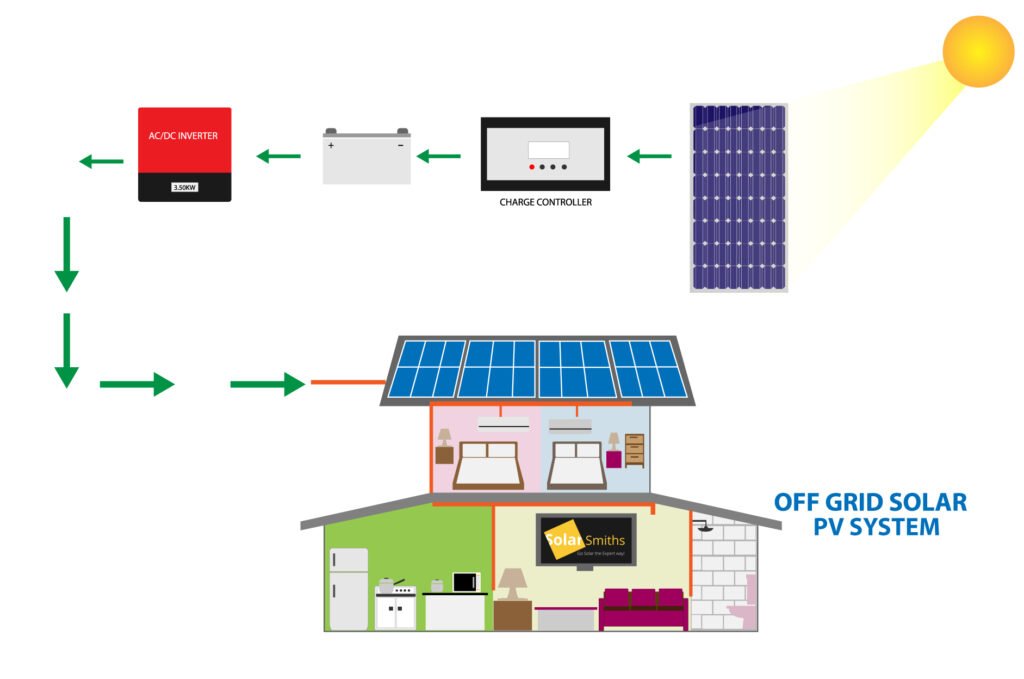Solar power generation stations can be classified into various types based on different criteria.
Photovoltaic (PV) Power Generation
Advantages
Application Scenarios: Appropriate for urban and suburban areas, functioning in grid-connected or off-grid systems.
Case Studies

Basic Functions: Solar power systems include solar panels, batteries, and controllers to provide stable power to agricultural IoT sensors, with the capability to increase output based on demand.

Advantages
Application Scenarios: Ideal for homeowners, especially in areas with high electricity costs.
Case Studies

Advantages
Application Scenarios: Ideal for homeowners, especially in areas with high electricity costs.
Case Studies

Advantages
Application Scenarios: Ideal for remote areas, rural locations, and islands without grid connectivity.
Case Studies

Advantages
Application Scenarios: Suitable for urban and suburban areas, operating in both grid-linked and off-grid modes.
Case Studies

Advantages
Disadvantages
Application Scenarios: Ideal for residential rooftops and small commercial facilities.
Case Studies

Advantages
Application Scenarios: Best suited for locations requiring high reliability and continuous power, like hospitals, data centers, or military installations.
Case Studies

Solar power station cleaning machines are specialized equipment designed to efficiently clean solar panels in large-scale photovoltaic installations. These machines are crucial for maintaining the optimal performance of solar panels by removing debris, dust, bird droppings, and other contaminants that can reduce energy output. Here’s a detailed overview of solar panel cleaning equipment:
Benefits of Automated Cleaning:
Technology Advancements: Modern solar panel cleaning robots incorporate intelligent walking technology, sensors for obstacle detection, and adaptable cleaning mechanisms that can adjust to different levels of dirt and panel designs. These advancements ensure safety, effectiveness, and adaptability to various environments.


These detailed advantages, disadvantages, and application scenarios will hopefully provide valuable insights into solar power generation station types. If you have more specific questions or need further information, feel free to ask!
Building D, Huashengtai Technology, Baoan District, Shenzhen, China
© 2025 All Rights Reserved.